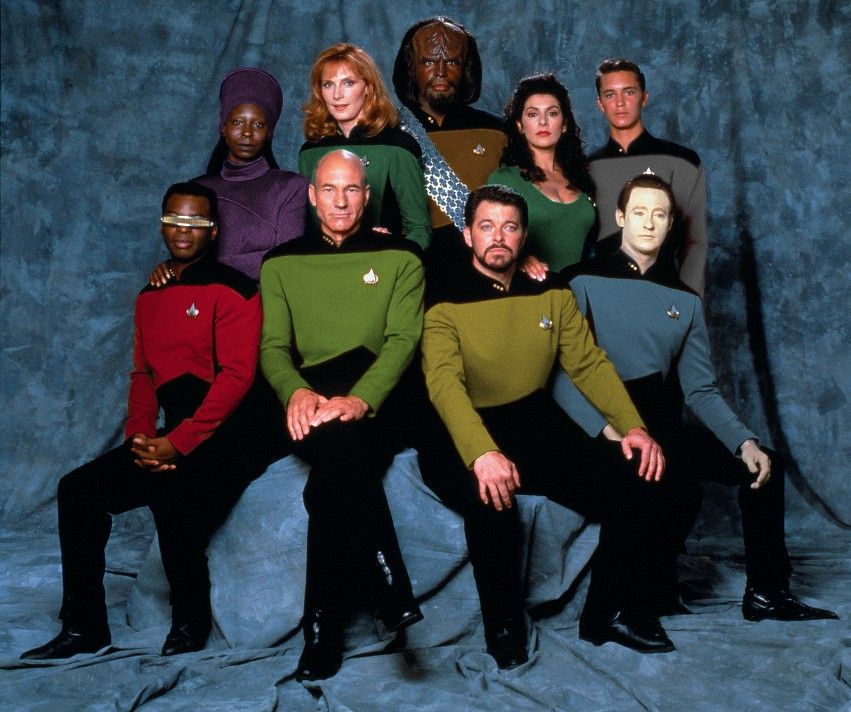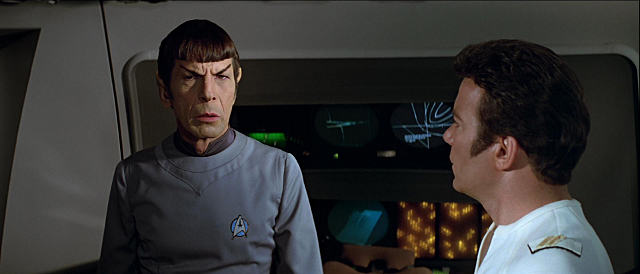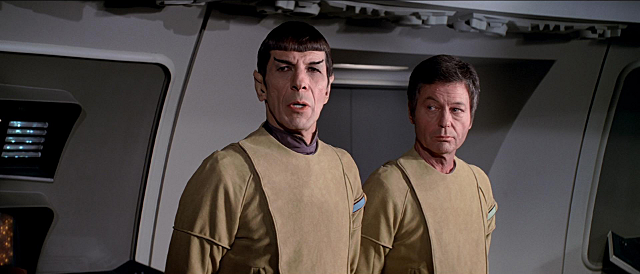Seriously for much of star trek there have been only three colors.
Most confusingly tactical and engineering were combined by ops.
Medicine-Science by blue.
And command was by itself.
What I don't get is, why weren't tactical officers covered under command.
It makes sense that we have one color for support(engineering), one for research, and one for the more directly military roles.
Most confusingly tactical and engineering were combined by ops.
Medicine-Science by blue.
And command was by itself.
What I don't get is, why weren't tactical officers covered under command.
It makes sense that we have one color for support(engineering), one for research, and one for the more directly military roles.





